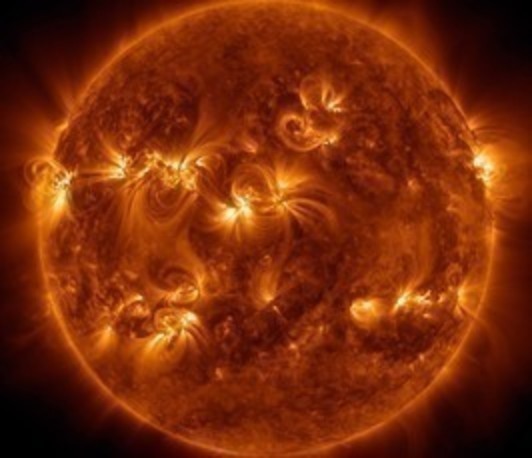MPS Seminar: A Possible Clue to the Filamentary Nature of Solar Filaments (G. Choe)
- Date: May 7, 2024
- Time: 11:00 AM - 12:00 PM (Local Time Germany)
- Speaker: Gwang-Son Choe
- Dept. of Astronomy & Space Science, Kyung Hee University, Yongin, Korea
- Location: MPS
- Room: Lecture Hall
- Host: Robert Cameron

Solar filaments (prominences) and other cool objects in the universe often exhibit filamentary or ribbon-like substructures. This ubiquity of filamentary substructures in cool objects poses an elusive puzzle. Solar prominences are generally believed to form through condensation of hot coronal plasmas by thermal instability (also known as radiative cooling instability). Motivated by the observation that counter-streaming flows are universally observed in solar prominences, we suspect that shear flows may somehow influence the developing pattern of thermal instability. Quite surprisingly, thermal instability of magnetized plasmas with shear flows has not yet been earnestly investigated. As the first step of this study, we have performed a linear stability analysis of shearing magnetized plasmas. The governing equations of this system are magnetohydrodynamic (MHD) equations including radiative cooling, a phenomenological form of heating, and anisotropic heat conduction. For shear velocities below the Alfvén speed, the eigenfunctions of condensation modes exhibit a discrete, delta-function-like character. This pattern persists unless the velocity shear is extremely small, on the order of 10^{-5} times the Alfvén speed, which translates to only 10 m/s or less in the solar corona. When the shear velocity exceeds the Alfvén speed, condensation modes disappear and a Kelvin-Helmholtz mode emerges, whose isentropic nature does not support thermal condensation. However, such high shear velocities are rarely observed in the solar corona or other astrophysical settings. Our study concludes that filamentary condensation in discrete layers or threads can naturally arise whenever thermal condensation instability occurs in magnetized plasmas with shear flows.